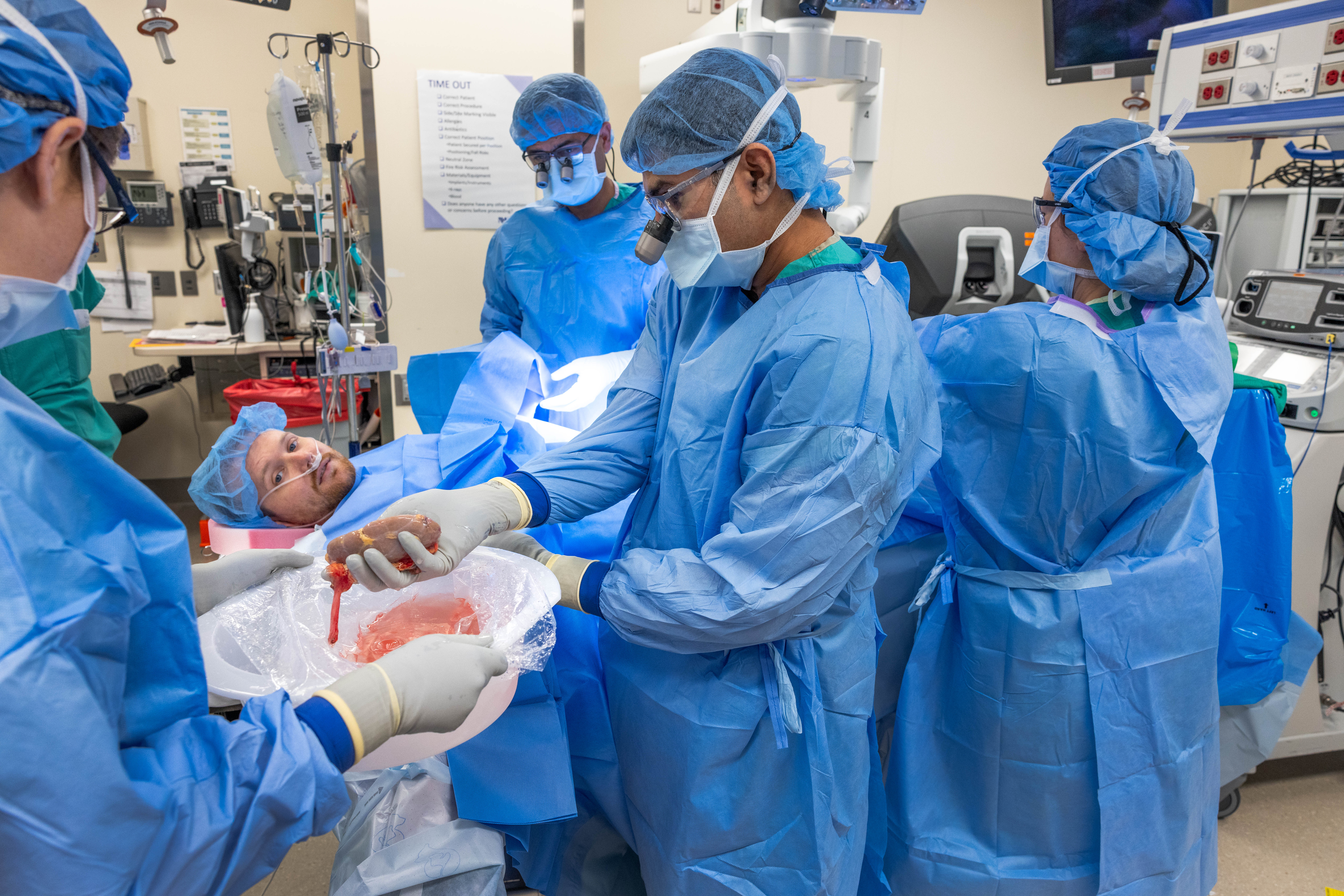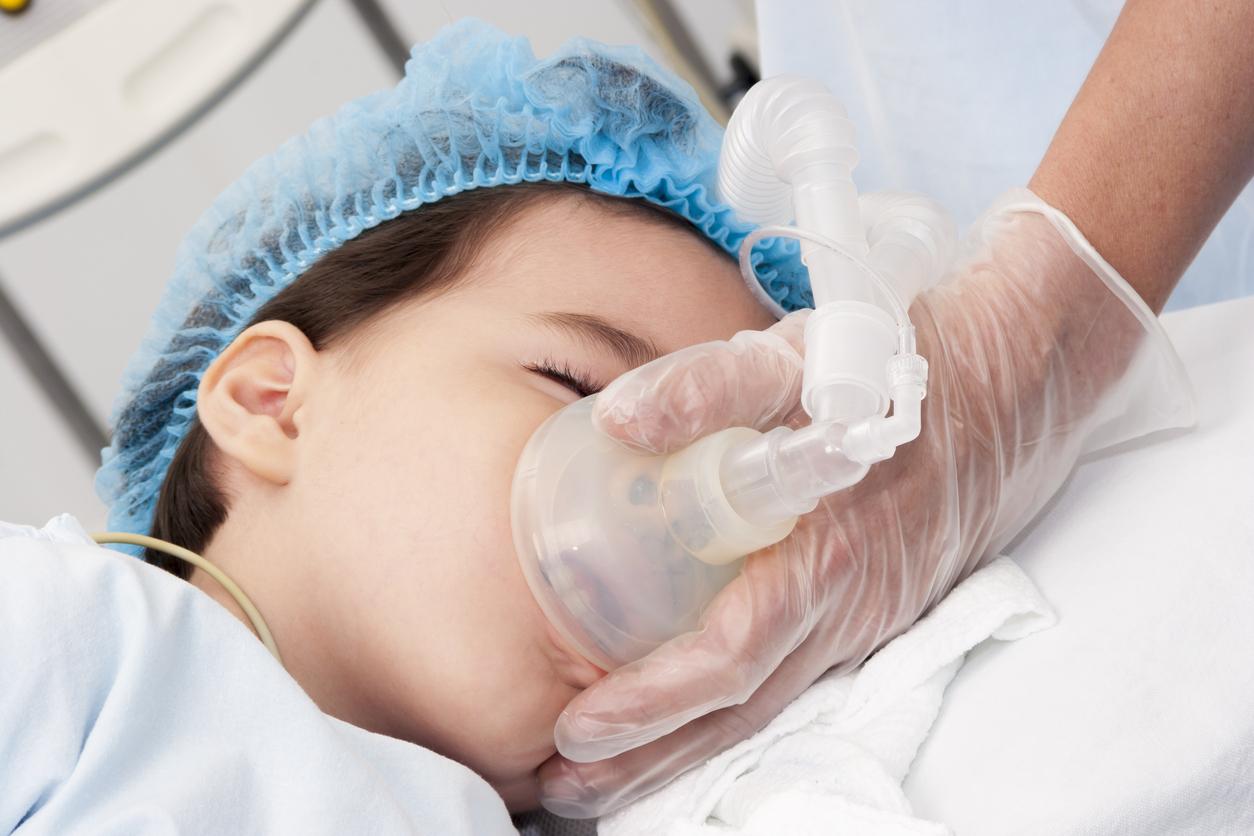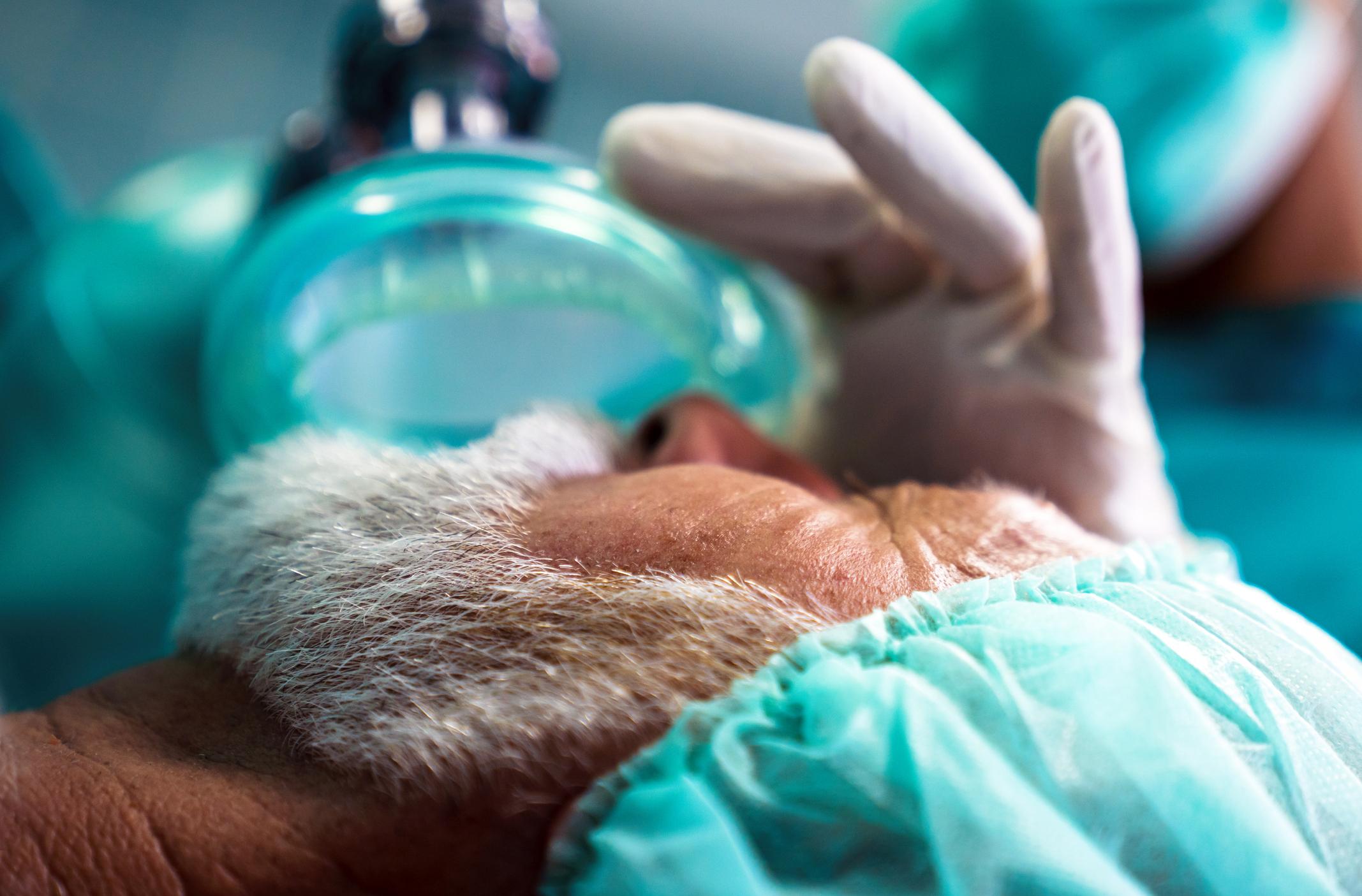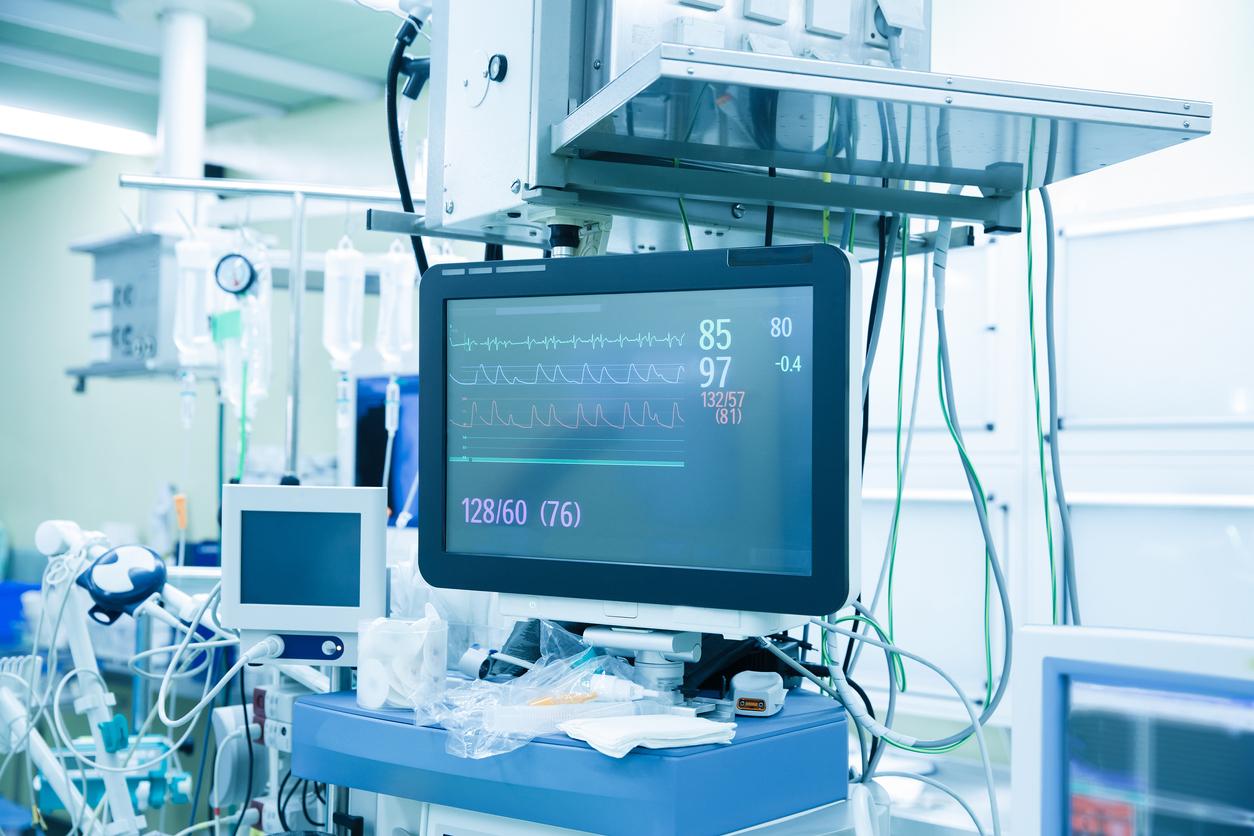An anesthesiologist has just been found responsible for the death of a two-year-old child, recalling that anesthesia is not a trivial act. However, 10 million surgeries are performed each year in France. With, for each operated, the fear in the stomach, that of not waking up. Even if it is still too much, we count one fatal accident for 20,000 anesthesia. A figure that can be explained by a high technicality which continues to progress.

This is another story that medicine would quickly like to forget: less than 25 years ago, a doctor wanted to understand why some babies still died during appendix operations, which were very simple and without apparent complications. It was on the side of pain that he found the answer. In fact, a dogma reigned in pediatrics at the time: the nervous system of the little one was not yet mature, so he did not feel pain; therefore, no need to give drugs against it, especially during surgery. And that’s what was done! There was only one conclusion: all these children were actually dying… of pain! Since this startling discovery, toddlers, like their elders, benefit from the 3 essential components of any anesthesia.
Sleep, immobility, absence of pain
The first, of course, is to put the future operated on to sleep. To plunge him into the unconscious. The second, more subtle, is demanded by surgeons: immobilize the operated person. Because even asleep, the patient’s muscles respond to the aggression of the scalpel by contracting reflexively. This is why curare is injected, the paralyzing properties of which have been known for centuries. A curare so effective that it also paralyzes the muscles of respiration: hence the need to intubate and connect to a breathing machine all those operated on. The hoarse voice and sore throat of some awakenings come from there.
Finally, the last component of anesthesia, the fight against pain that the brain experiences even when deeply asleep and totally paralyzed. With the dramatic consequences that we have just seen with toddlers. Some pain relievers in use today are a million times more potent than morphine.
A transatlantic flight
Should we be afraid of anesthesia? No more, it may not reassure everyone, than taking an airliner! Falling asleep is taking off; sleep during the procedure, theft; and waking up, landing. The comparison does not end there. If unfortunately, in both cases, there are – very rarely – accidents, they occur with the same frequency in similar phases. Takeoff is the most dangerous; induction of anesthesia also. Allergy is the failure of an engine in full swing, the risk of seeing the heart stop like a real fuse in our life.
During the second phase, such as during high altitude flight, little or no problems. The turbulence is far away and only the surgical act itself represents a risk if the patient is in poor general condition or if the technique is delicate. The anesthesiologist only has to check a few parameters.
On the other hand, waking up is more delicate, just like a landing. We must be vigilant even if regaining consciousness is an extremely natural phenomenon. This is the role of the recovery room.
Start-to-finish monitoring
“I did what I had to do. The only criticism I can be made is that I did not stay with the child long enough to check that he was starting to breathe normally, ”said the doctor responsible for this tragic anesthesia in his defense.
And this is where the news has just reminded us that we must not, in medicine, let ourselves be won over by routine. For example, the current rule of calming intensive care patients very deeply is no longer the best solution. It was believed that the stronger the sedation, the more the patient forgot everything that was happening in intensive care, pain and care. A study shows the opposite: in the recovery room, it is necessary to calm down, but with discernment. Reducing the doses of medication has in fact made it possible to halve the time spent on an artificial respirator. And more surprisingly, the death rate in the recovery room has fallen by 6%. The explanation of intensive care anesthetists is simple: even with large doses of sedatives, nothing is forgotten. The deeper you fall asleep and, above all, lasts a long time, the more intellectual functions are disturbed because the brain retains the memory. This therefore creates confusion which increases the stress felt upon awakening, a stress which sometimes continues for weeks after the stay in intensive care. It is therefore necessary to manage this awakening phase with much more precision, leaving the patient sufficiently awake without suffering. A perilous balance difficult to obtain and which requires constant attention from the patient. This explains why, despite the striking demonstration of this study, less than a quarter of intensive care units apply these protocols, mainly due to a lack of surveillance personnel.
.















